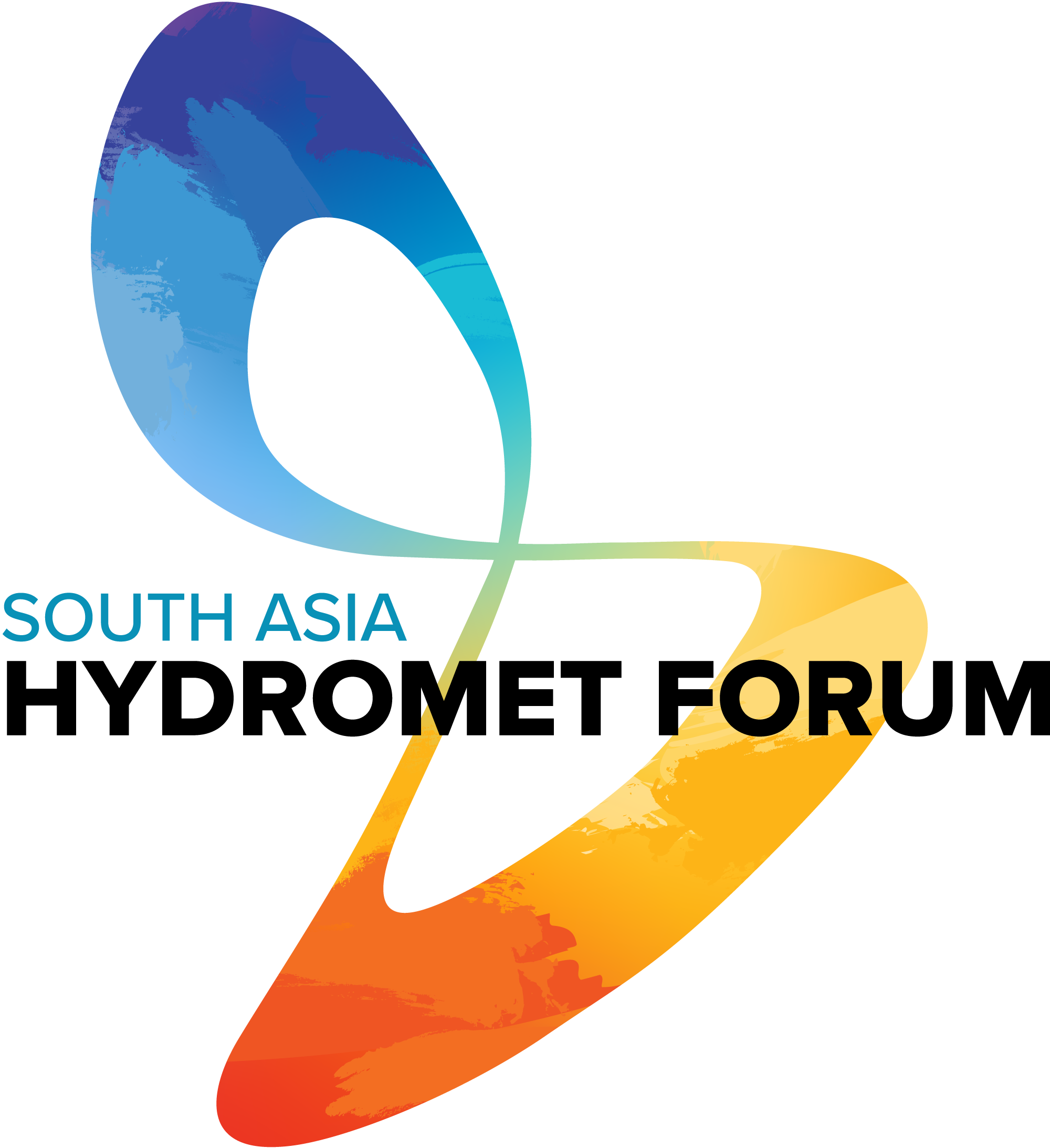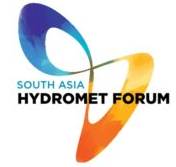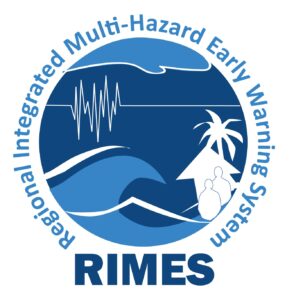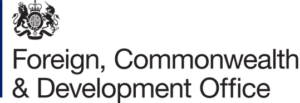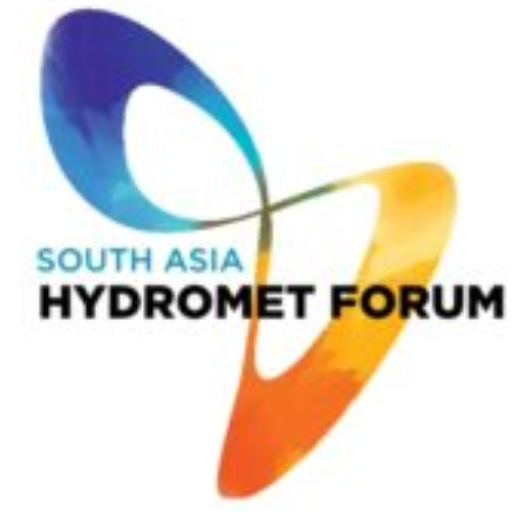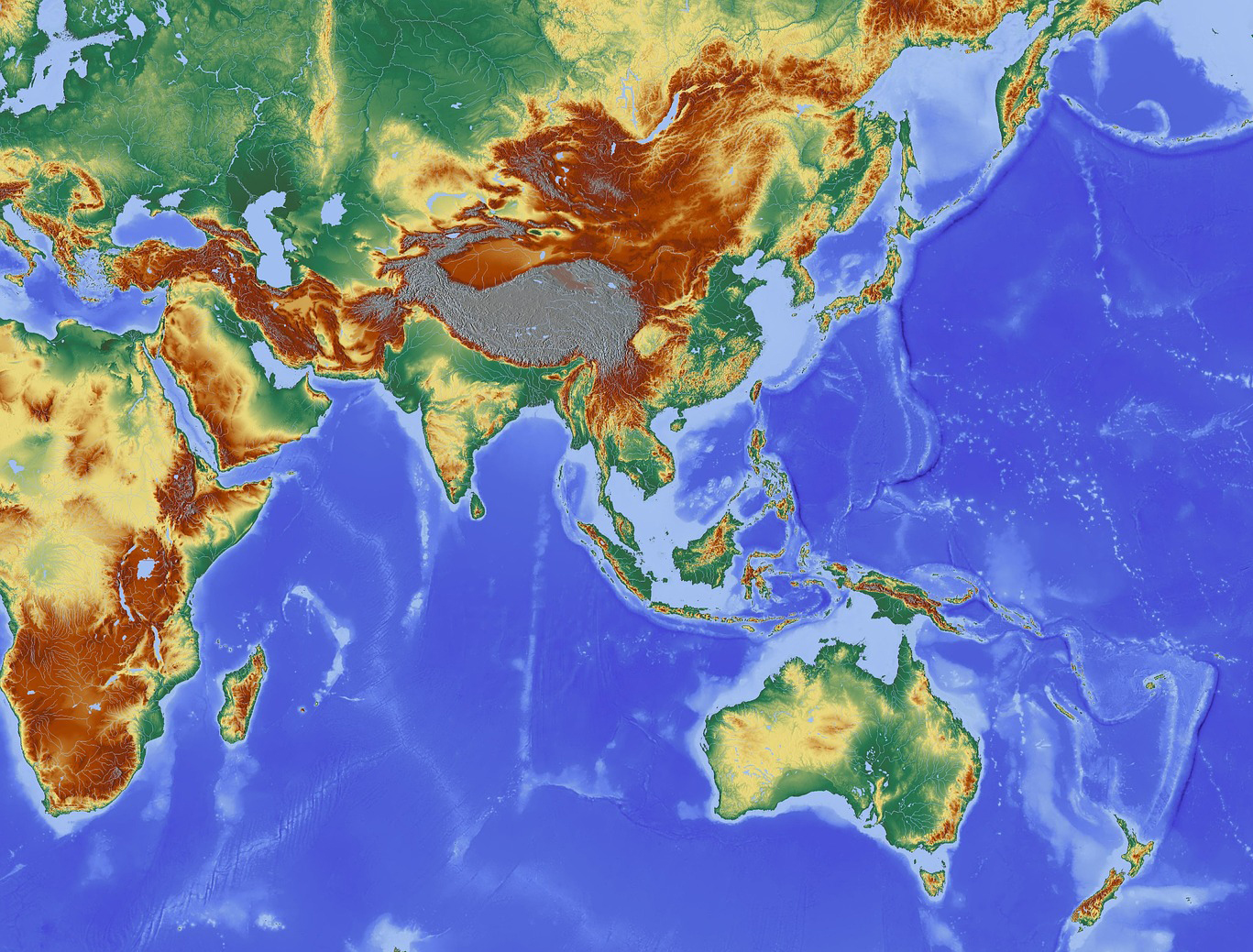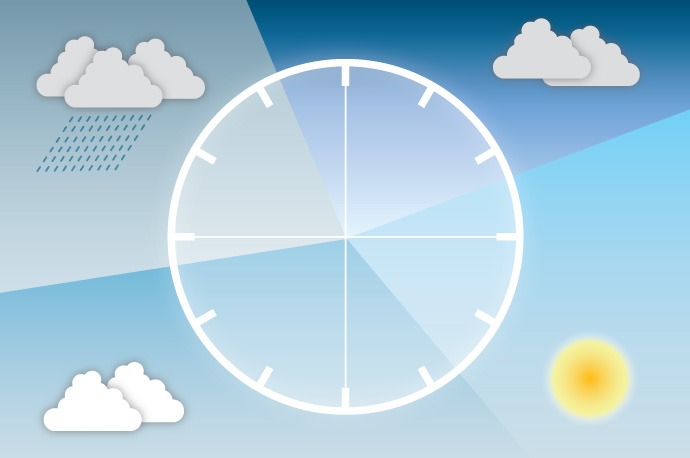
Webinar 2 (Impact Based Forecasting): Implementing Impact Based Forecasting and Warning Services
Date
29th July
2021
Time
14:00-15:15 (UTC +7 hrs)
Venue
Virtual (Zoom Platform)
Impact-based forecasting and warning services focus on translating weather hazards into sector- and location- specific impacts, and the development of sectorial responses to mitigate those impacts. By emphasizing impacts, we expect that those exposed to a particular hazard will have a better understanding of the risk and will more likely take appropriate action. Successful implementation depends on the good working relations among all stakeholders and close cooperation between stakeholders including National Meteorological and Hydrological Services (NMHSs) and Disaster Management Agencies, local communities, businesses, and individuals.
The webinar focuses on how to implement impact-based forecast and warning services. The operational transformation that is required within NMHSs to include impact-based forecasting and highlight changes in the working arrangements between forecasters and disaster managers will be considered. Methods to combine probabilistic hazard forecasts with information on vulnerability and exposure to create guidance on actions to be taken to mitigate risks to life and property is highlighted.
Category: SAHF Webinars

Speaker
Dr. David Rogers
Lead Meteorological Consultant, World Bank
Dr. Rogers’ career in meteorology and oceanography spans more than four decades. He has authored over 100 papers and books on meteorology, oceanography and related fields. He has held numerous senior appointments including Chief Executive of the UK Met Office, Vice President of Science Applications International Corporation, Director of the Office of Weather and Air Quality Research at the National Oceanic and Atmospheric Administration, Director of Physical Oceanography at Scripps Institution of Oceanography, Associate Director of the California Space Institute and President of the Health and Climate Foundation, which he co-founded
The talk describes in detail the need for an operational shift in issuing warnings based on impact. The need for a multi hazard impact based forecasting, warning and decision support system is highlighted. The steps involved in setting up an Impact Based Warning System is outlined. The presentation puts forward the intention of forecasting in collaboration with various partners including disaster management agencies to provide useful information to stakeholders for preparedness and mitigation.
Impact Based Forecasting focuses on the impact rather the hazard and therefore can be used during extreme weather events.
Impact Based Forecasting can be utilized without probabilistic or ensemble based forecasting.
Utilization of IBF in cascading events like landslides, outbursts and subsequent floods.
- IBF involves bringing together the expertise in various fields
- It requires a system of experts forming a multi hazard team
Provisions required to move forward with IBF
- More focus on communication and dissemination is required.
Can cloudburst like events and its impacts be forecasted? What amount of rainfall is termed a cloudburst?
3 Dimensions that are to be part of IBF
- Engagement in IBF at all levels
- Ensure utilization of information by users
- Ensuring community to be part of defining an impact. IBF begins at the community.
IBF in circumstances where historic impact data is not available
- The community is a potent source of historic data.
- Continuous collection of data from the community through surveys is an useful option.
- Setting up mechanism for impact data collection is a necessity.
Dependence of IBF on different stakeholders
- An IBF coordinating body should be present including meteorological advisors.
Defining the point where role of traditional meteorological services end and the role of other agencies begin is a priority.
Agenda
Program
RIMES Team
Time
Welcome Remarks and Introduction of The Speaker
RIMES Team
10
Future Directions for Operational NWP in South Asia
Dr. David Rogers
45
Question & Answer (Moderated session)
RIMES Team
35
Webinar 2 Objectives
Build capacity to understand the theory and practice behind Impact Based Forecasting
Learn and consult with experts in the region and outside for developing working papers that takes into account the priority needs and long terms needs of SAHF member countries.
Participants
SAHF Executive Council Members and members of the four working groups.
Members from National Meteorological and Hydrological Services’ of SAHF members
Technical Specification
Zoom is used as the webinar platform. Participants have the opportunity to ask questions and make comments using the chat function.
RIMES Team

Dr. G Srinivasan

Dr. K.J.Ramesh

Dr. Anshul Agarwal

Dr. Itesh Dash

Mr. Tshencho Dorji

